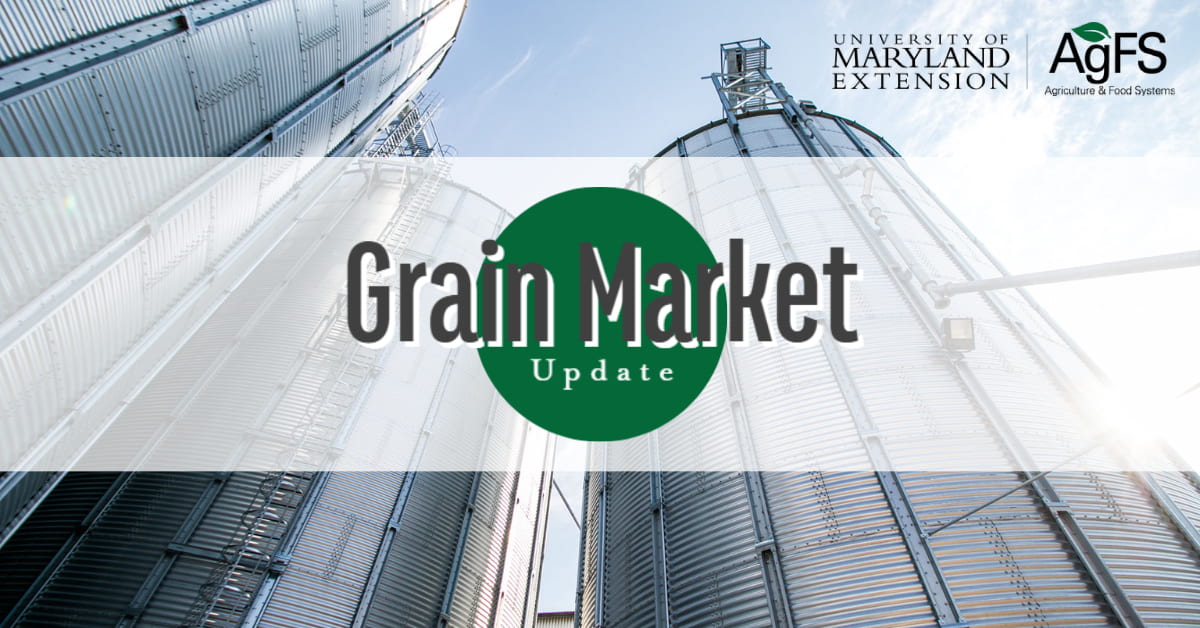
Western Maryland
Weather has been different in 2025 for sure here in Washington County. We had some of the lowest temperatures for some years and the longest sustained cold spell in recent memory. Hopefully this will help break some insect and disease cycles. Additionally, the snow was good ground water recharge although not as much as we would have liked. Then came the dry weather. The later part of winter and early spring has been unseasonably dry if we can even use that phrase anymore. Recent showers and projected precipitation has raised our hopes again for a good crop year, even if the only activity to date has been fertilizer and manure application. Planters are being tuned up and farmers are practicing their patience waiting for soil temperatures to raise.—Jeff Semler, Washington Co.
Central Maryland
Temperatures have been all over the place. It was 80 degrees a few weekends ago, and this morning it was 29 degrees. Temperatures are predicted to be a bit more spring-like over the next week and a half. Recent rains have made small grains and cover crops look better. We are still in a drought. Nitrogen and herbicide applications have gone out on wheat and barley. In eastern Montgomery County, wheat is at Feekes 5 (leaf strongly erected).—Kelly Nichols, Montgomery Co.
Northern Maryland
The theme for this winter has been cold and dry. We did get a few significant snow storms, but we are still very dry—recent rains are contributing to some good topsoil moisture at the moment. Hay and pastures look very good. Small grains did not tiller very much in the fall but have greened up and look decent and the second shot of nitrogen will be going on in the next week or so. Temperatures have dropped back into the 30s and 40s this week and soil temperatures are still running about 5 degrees cooler than normal. In a normal year there would be planters hitting the fields in the next few days for a few early plant fields, but not this year—we are still a couple of weeks from that.—Andy Kness, Harford Co.
Upper & Mid Shore
No report this month.
Lower Eastern Shore
Spring has sprung but the ground is still cold and wet. Farmers have been able to get into the fields to apply manure, and most manure application is done. Some fields are being tilled. The first spray of spring nitrogen is being applied to wheat. Cover crops are still growing on the majority of fields, although termination has begun. Corn and soybean planting has not started due to wet and cold soil conditions.—Sarah Hirsh, Somerset Co.
Southern Maryland
Farmers are preparing for planting. Everyone is busy spreading litter/manure, applying herbicides and completing field operations before planting commences. The region received some much-needed rains over the last two weeks with more anticipated this weekend. Field temperatures are still a little cool for planting with the cold front moving through this week driving temperatures lower. I suspect most planters will hit the field next week when temperatures warm again. Burndown of annual ryegrass continue to be a challenge. Small grain crops are at jointing stage. Most of the second N applications are being made now. Alfalfa fields are a but earlier than normal with first cutting coming up soon. Alfalfa weevil is active. Hay fields have greened up nicely. We have struggled with fall planted cool season grasses across the region. Stands did not establish due to the dry fall and annual weeds are plentiful without the competition.—Ben Beale, St. Mary’s Co.

















